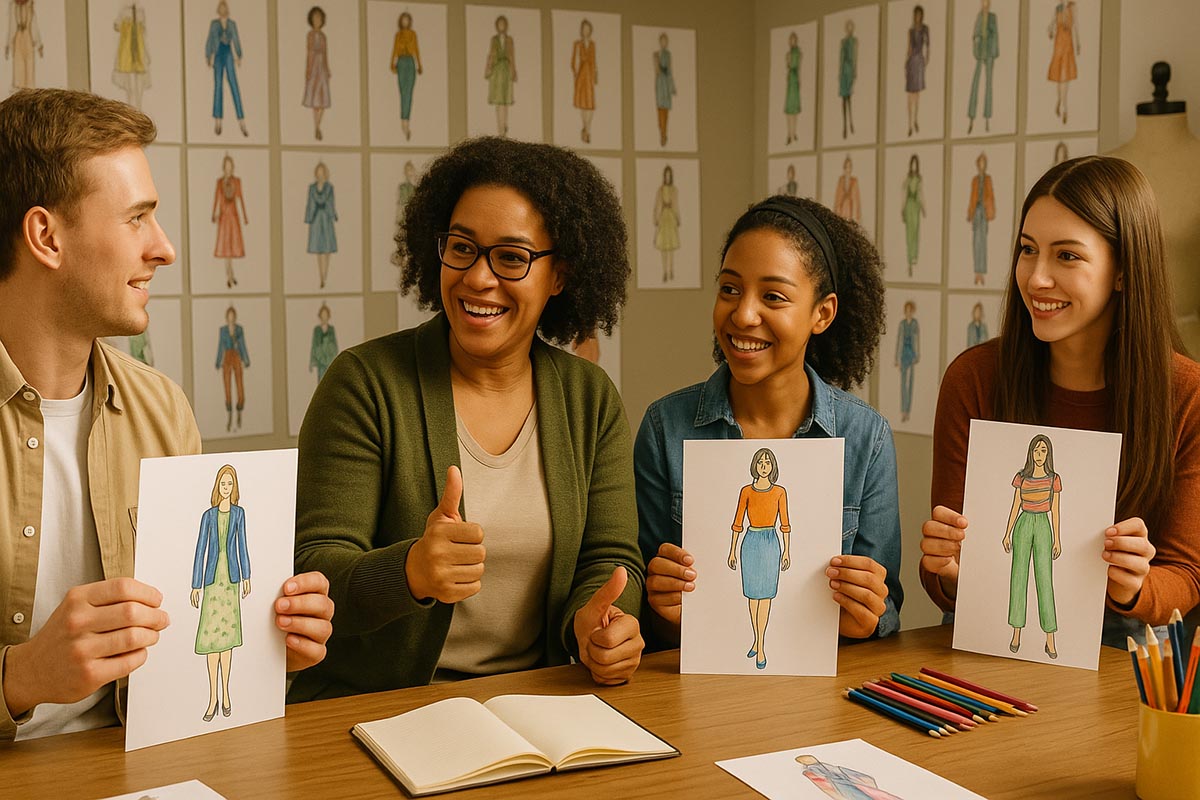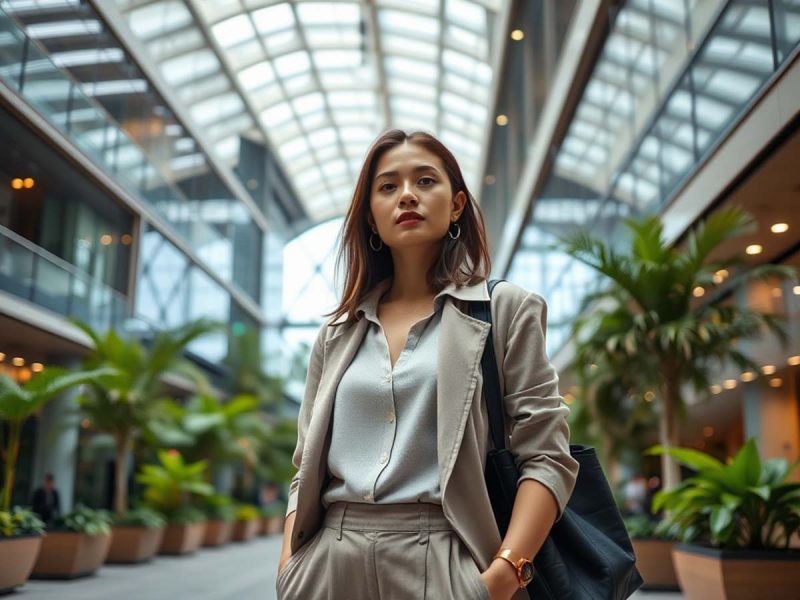Fashion Coloring Pages as Tools for Style and Design
Coloring is no longer just a childhood pastime—it has grown into a powerful tool for learning and expression. For fashion students, digital creators, or style enthusiasts, fashion coloring pages provide an accessible and creative way to experiment with design. These pages allow people to explore shapes, textures, and color combinations, helping them understand what makes an outfit stand out.
Whether you’re hoping to refine your design sense or looking for a stress-relieving activity that feeds your passion, coloring fashion sketches offers a surprisingly useful experience.
Why These Pages Are More Than Just Fun
Coloring pages go beyond leisure. They play a role in design practice, learning methods, and personal expression. When you sit down to color a well-drawn outfit or accessory, you’re doing more than filling space—you’re testing ideas.
Quick Glance:
• Helps develop color coordination and composition
• Easy way to test style ideas without expensive tools
• Encourages experimentation without fear of failure
• Offers visual content opportunities for creators and freelancers
How Coloring Pages Became Part of Fashion
The original use of coloring books was focused on early education and therapy. But artists and educators began to see their broader potential. Eventually, the fashion industry saw a fit for these pages in design planning and style exploration.
With sketches of clothes, shoes, and accessories printed in outline form, these pages allow aspiring designers or enthusiasts to apply color in countless ways. Instead of spending on fabric samples or mockups, they can try out ideas using simple tools.
Designers sometimes use these pages during brainstorming sessions or as warmups before building a real collection. They can spot what works visually and avoid wasting time on less effective pairings. Students, too, gain insight into fabric flow, layering, and visual balance.
Seeing Fashion from a Creative Lens
When you color a fashion piece, you choose every detail—from the palette to shading. That choice builds your sense of design. Let’s say you have a sketch of a jacket and pants. Trying it in earthy browns versus metallic tones creates a very different mood.
This experimentation can guide your instincts. A student once shared how she created her school’s final project by playing with shades on coloring pages. By the time she worked with real fabric, her vision was clear and focused.
These exercises teach flexibility. You’re not boxed in by traditional pairings. You start discovering how bold choices and soft combinations each have their place. This creative freedom strengthens your ability to design with confidence.
Skill-Building Through Everyday Practice
Coloring may appear simple, but it trains your eye and hand. For instance, if you’re working on a page that features a casual outfit, you can test how crosshatching affects the look of a wool sweater or jeans.
One illustrator from Tokyo noted that daily coloring improved her brush pen skills. Before long, her practice pages became more complex. She used lighter and darker tones to create texture, which helped in her commercial illustration work.
Aside from shading, you also learn about balance. Using similar tones on an entire outfit might make it feel flat. Trying complementary tones or alternating dark and light brings it to life. Over time, your eyes begin to pick up details automatically, improving how you visualize design—even before you start drawing or editing digitally.
Understanding Styles from Around the World
Every country has its own sense of style. Some prefer structure and elegance, while others lean toward casual and playful. Coloring pages inspired by global fashion weeks offer a window into these differences.
For example, one set from Milan shows sharply tailored suits, while another from Seoul offers layered streetwear with oversized hoodies and sneakers. When you color these side by side, you start noticing the small design choices that define each region’s fashion identity.
This makes coloring an effective study tool. Designers hoping to expand their audience can use it to get familiar with trends abroad. Instead of relying on images alone, you interact with the design directly through color and form.
Making It Part of Your Routine
You don’t need a fashion degree to enjoy this practice. Some people color at night as a way to relax. Others keep a stack of pages on hand for short creative breaks during the day.
Teachers also use them in class to help students understand visual storytelling. They may assign specific themes like “environmentally friendly fashion” or ask students to interpret designs using certain cultural influences.
On social media, many people share their pages under fashion-related hashtags. Some host monthly challenges using limited color palettes. Others post before-and-after shots to show how different tools, like markers or watercolor, can change the entire feel of a sketch.
This builds community. Everyone gets to express their version of a design and support each other along the way.
Where to Download Fashion Coloring Pages
If you’re looking for creative resources to support your design practice or unwind after a long day, you can find beautifully crafted fashion coloring pages that offer a range of styles—from casual to high fashion.
For those who want to focus on specific garments, these clothing coloring pages are ideal for experimenting with tones, patterns, and combinations. They work well whether you’re building a mood board or simply exploring different aesthetics in your spare time.
These resources allow both beginners and experienced creators to play with ideas freely. With everything available online, it’s easy to access them whenever inspiration strikes.
Creative Uses for Personal Branding
If you work as a fashion freelancer or digital creator, these coloring pages can serve more than practice. You can share them as part of your portfolio or turn them into interactive content for your audience.
One idea is to create a branded version of a coloring page and offer it as a free download. Ask your followers to complete it in their own style and post the results. This gives you insight into their tastes and builds engagement.
An independent stylist from Berlin shared that she included colored sketches on her website. Not only did this show her eye for detail, but clients also requested custom mood boards based on her style.
By using colors connected to your visual identity, you subtly promote your brand while encouraging others to interact with your content.
Building Connections with Fellow Creators
A shared interest in fashion often leads to great conversations. Coloring pages offer a relaxed way to connect with others, whether through group chats, forums, or co-creation.
Some teams split the creative process. One member draws the outline, while others color it in different styles. This method sparks fresh ideas and provides feedback you may not expect.
Over time, these exchanges can lead to partnerships. Maybe you’ll team up on a project or get referrals for freelance work. Even if that’s not the goal, having a space to exchange creative energy is always worthwhile.
Key Takeaway
Fashion coloring pages provide more than just a creative outlet—they offer a path to better understanding, clearer design thinking, and deeper community ties. By spending time with these pages, you develop visual skills, build your personal style, and discover how people express fashion in different ways. Each sketch becomes an opportunity to see the world through color, line, and imagination.

